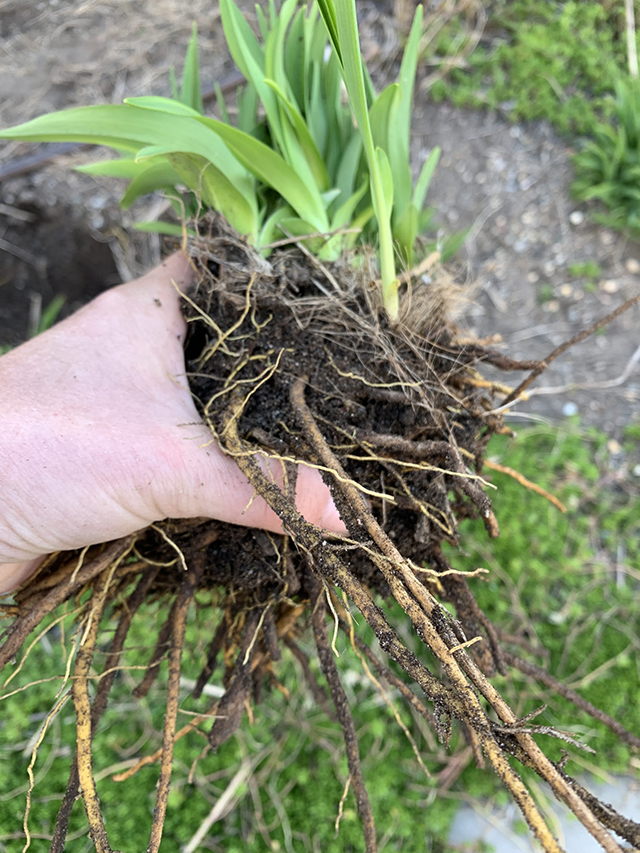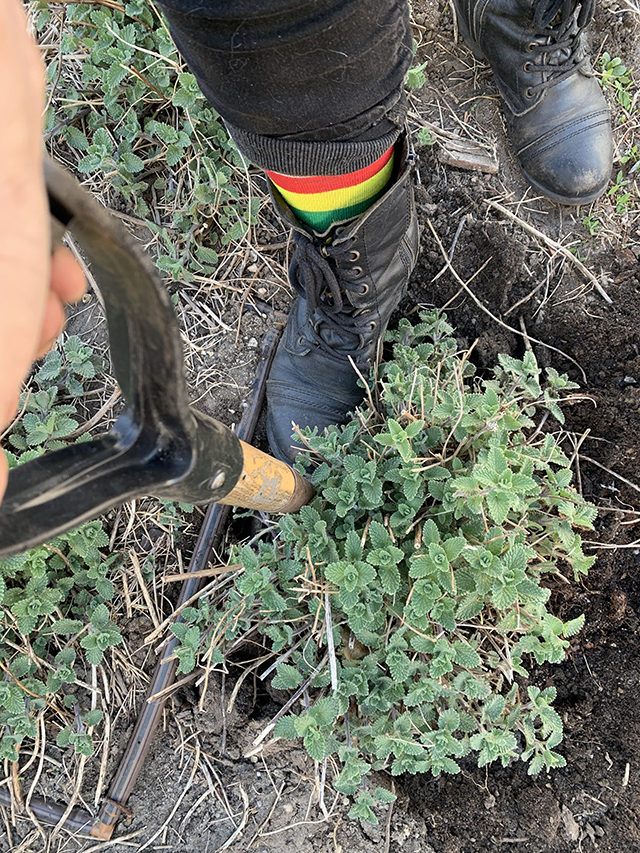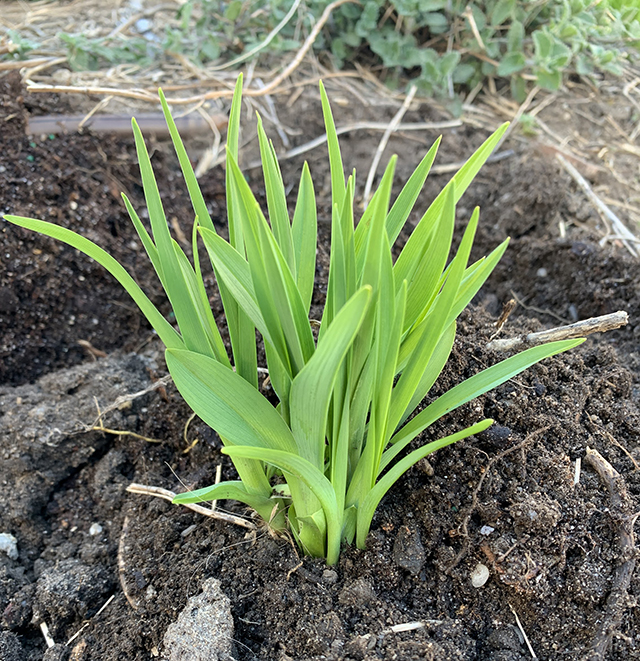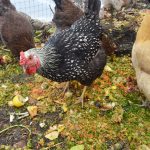Dedicated Gardeners Start Now
On warmer mornings, I walk around the garden with my coffee, assessing what needs to be done. My conclusion – a lot! Now is the time to get the real work done before the burst of blooms begin.
Earl spring tasks:
Clearing out organics from the year before
Removing weeds (yes they’re green and growing now), composting, mulching,
Pruning
Making moves – transplanting, separating bulbs, buying/planting new perennials
Start seedlings
I can write a column on each one of the above tasks but as an overview, I will touch on a few important points for now.
Weeding/soil prep: It’s important to remove weeds now making sure you get the roots. If you don’t, it’s all for naught. They will return and create a lot of work for you throughout the growing season.
Consider adding a top layer of compost as nutritional feed instead of other non-organic fertilizers. We have sandy soil here in Rockaway so I recommend a compost layer yearly. After you weed and tend to the soil composition, mulch. Mulching works well to keep the weeds at bay and it looks nice. There are places you can get mulch and compost for free – Check NYC Parks and tree pruning companies before you get store-bought bags.
Pruning: What I’ve learned over the years is, don’t be afraid to aggressively prune shrubs and perennials. Pruning invigorates plants and helps them to grow in a fuller shape. Just take care to read up on the plant you’re pruning beforehand, especially if you’re new to gardening or have a first year plant.
Making moves: For a while now I’ve been thinking about replacing the beach grass in my garden to something different, that presents with color in late summer/fall. The past two years, I miss the seasonal window to do so. Now is the time to transplant and change out plants. Read the care instructions for your new plant before digging and don’t discard the old! Post the plant on Facebook and Instagram. I’m sure there is someone in the neighborhood that would love to adopt it.
Walkers low spreads, don’t be afraid to aggressively break this up.
There are many bulbs and tubers that need to be separated after a few years. There are two benefits to this. First, the plant will grow stronger and produce bigger flowers. Second, you’re creating more plants to spread around the garden or to share with a friend. How do you know when to divide bulbs? The easiest way to determine this is when they look noticeably crowded. Examples of bulbs that should be divided are: daffodils, daylilies, irises, crocuses, hyacinth, grape hyacinth, and gladiolus (there are many more).
Many gardening websites have instructions on dividing bulbs and tubers. Most suggest to do it in the fall or after the leaves die back. This may sound like garden sacrilege, but I divide my daylilies in the spring. This is the time where I can visualize the shape of the garden and I know which sections are over-crowded. This method works for me and as a rule of (green) thumb, do what works for you and your garden. Every garden is unique and an evolving work in progress. Don’t be afraid to break the rules.
Seeds: I wrote a helpful column last year on starting seeds indoors.You can find it here.
For more on gardening follow Paula on IG @theglorifiedtomato
Transplanted daylilies in the spring will still bloom the same year!



























